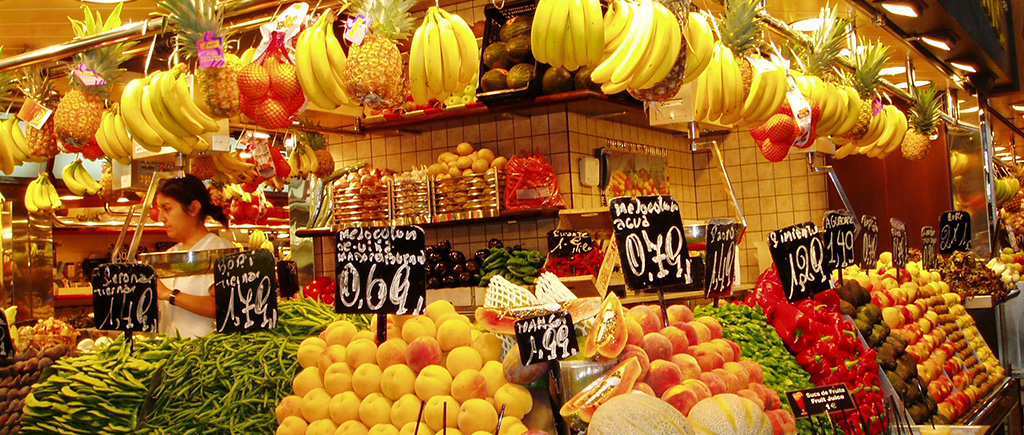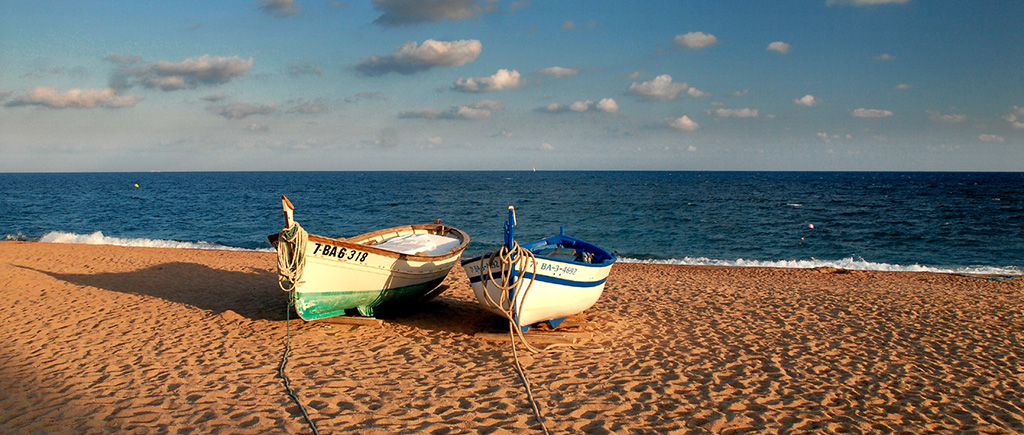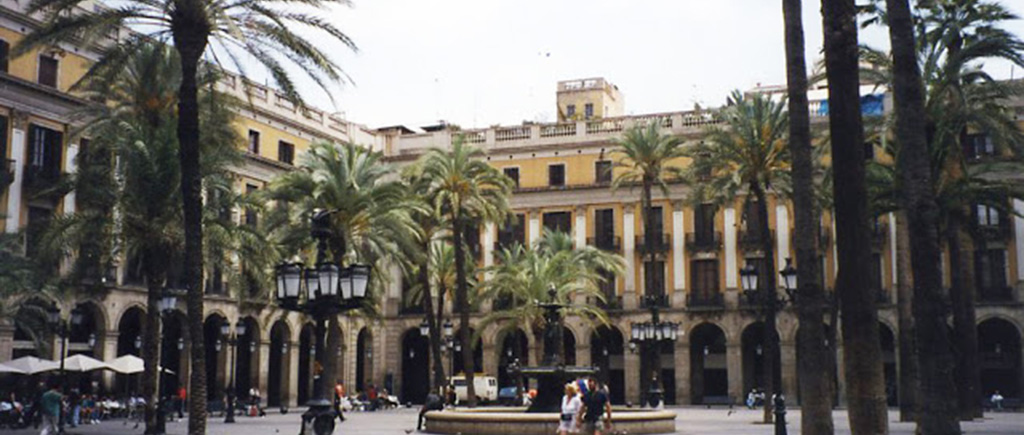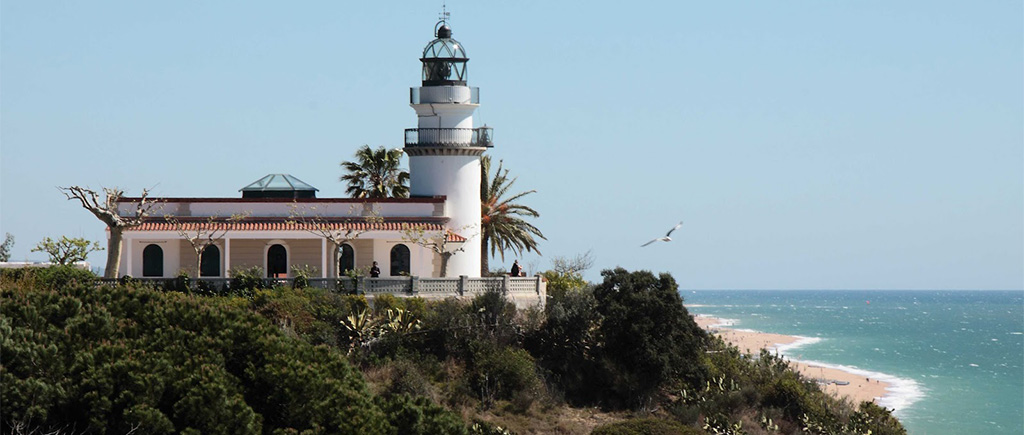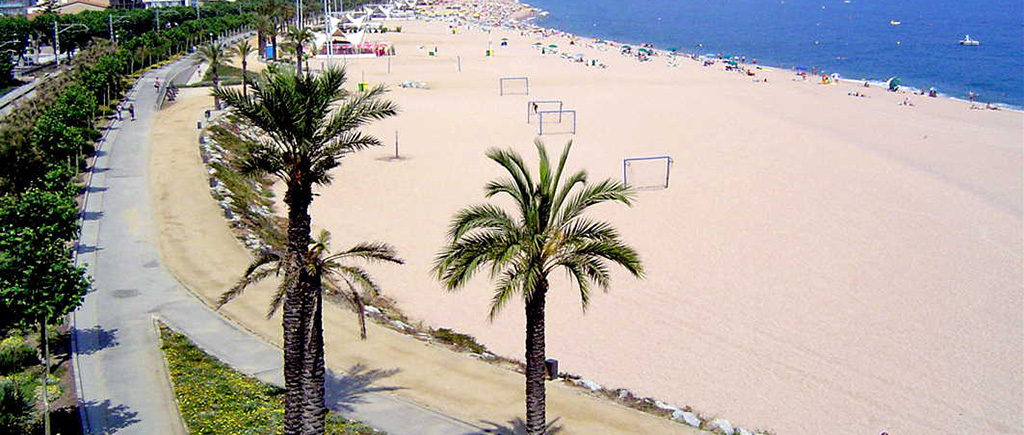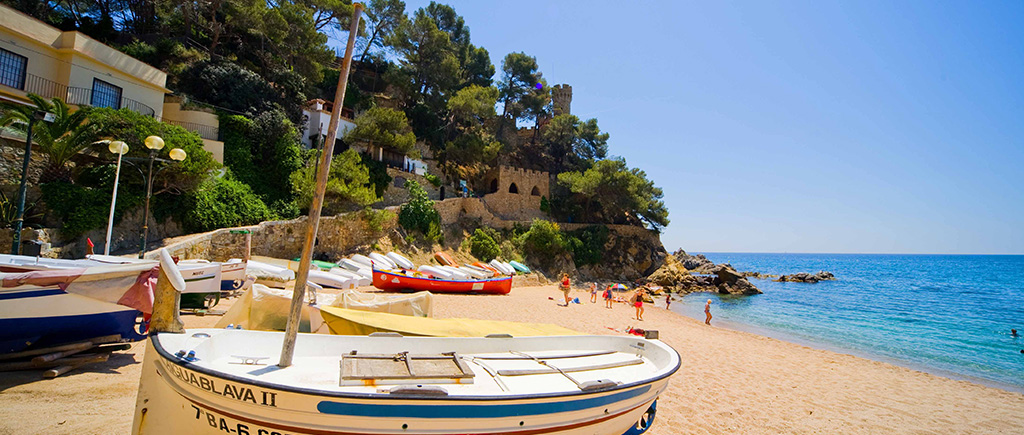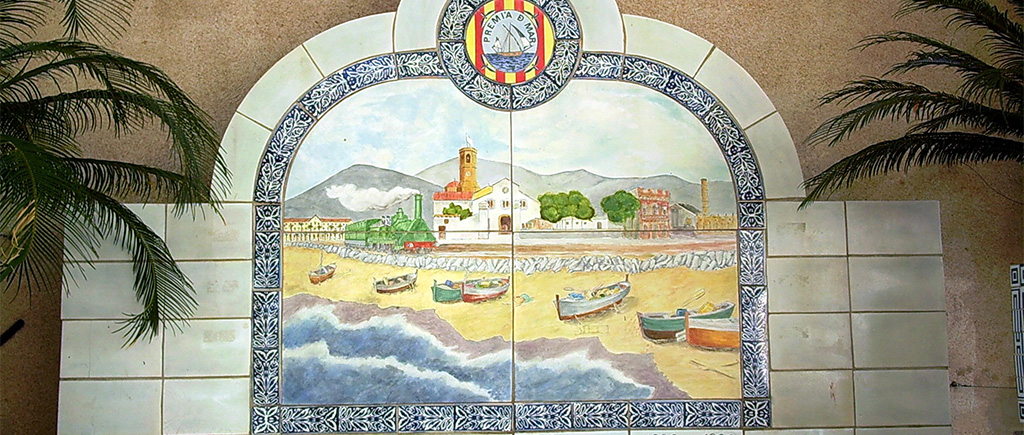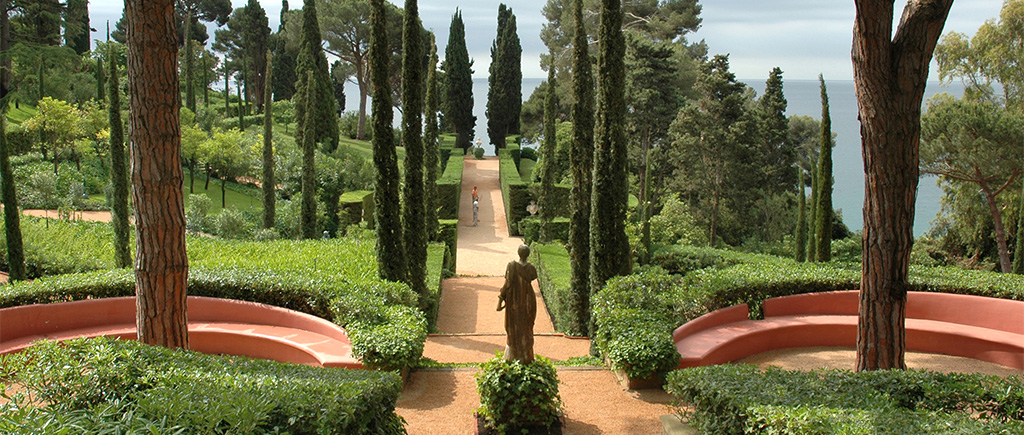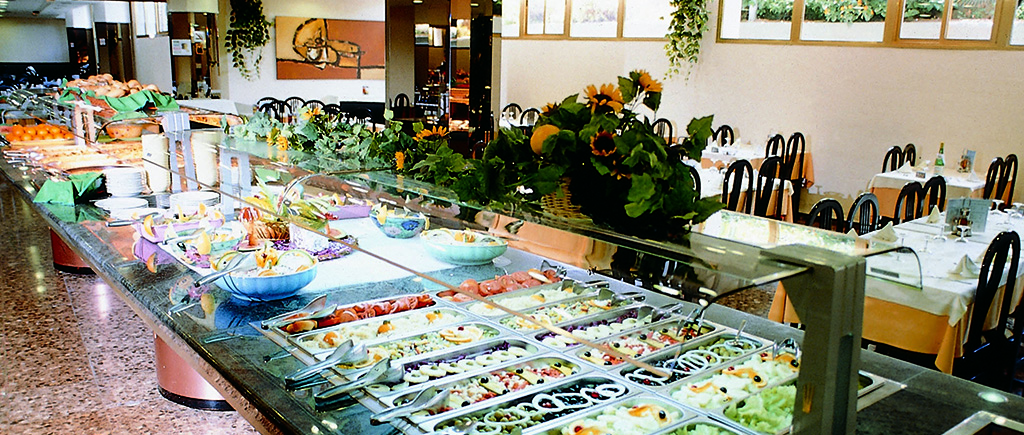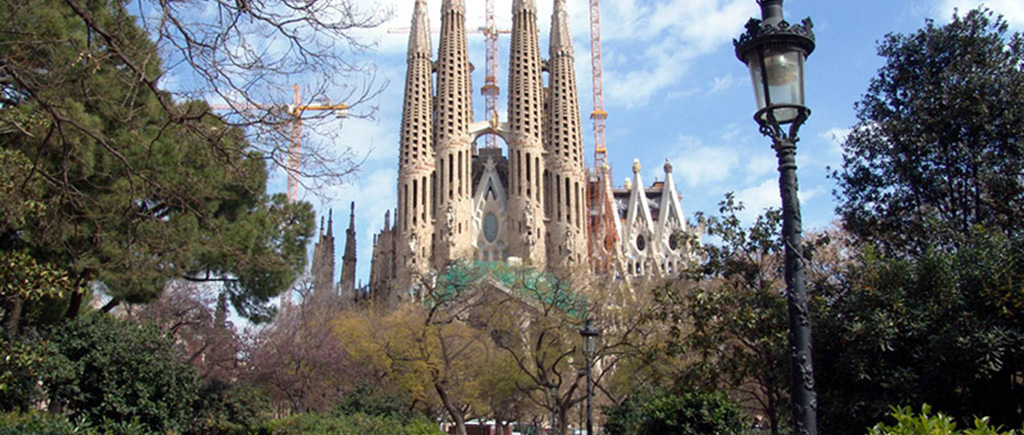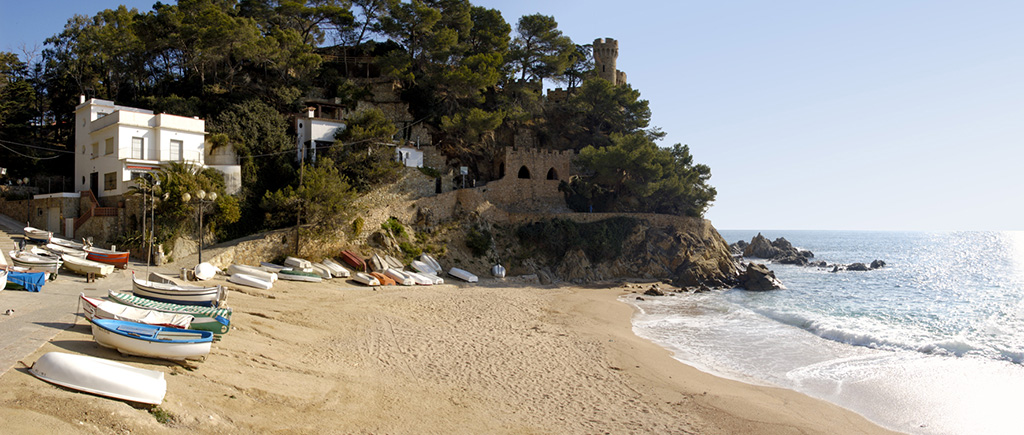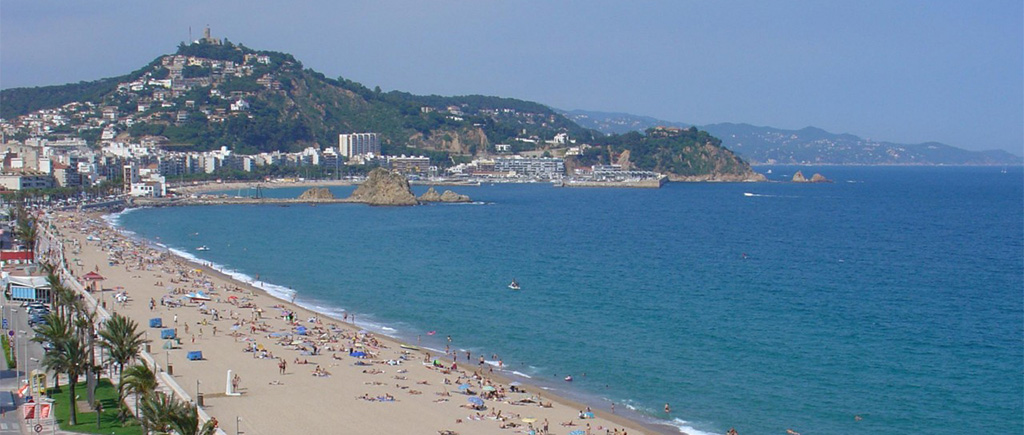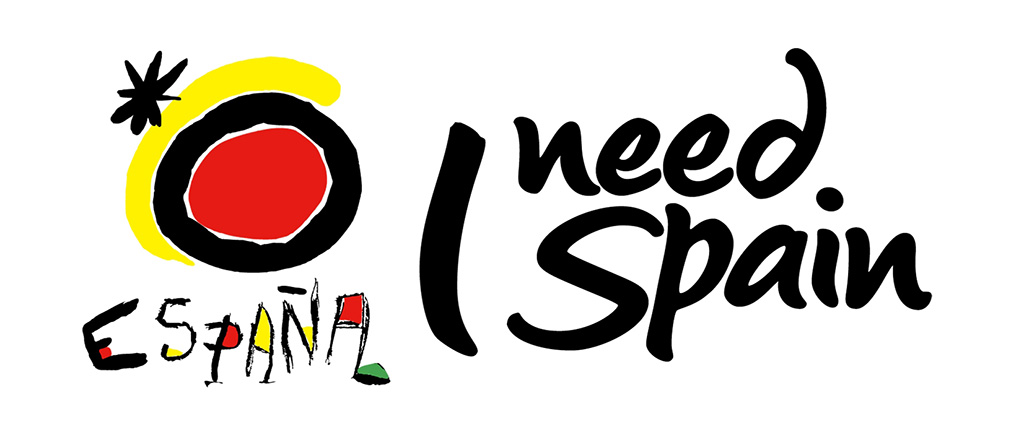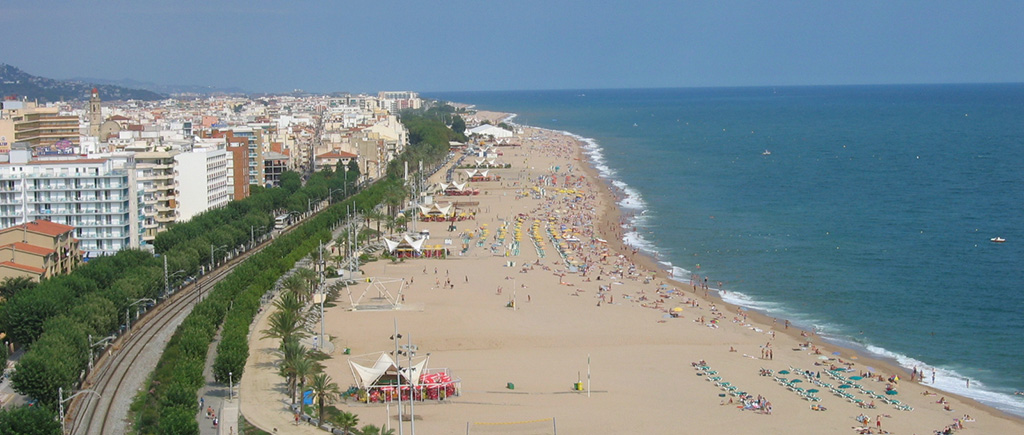
Escursioni
Catalonia (Catalunya) offers a number of leisure options. On request, Barcelonista Sporturismo LTD can help you organise excursions, visits and any other type of fun, thanks to the special agreements in favour of groups taking part in tournaments.
Camp Nou Barcellona
Guided tour inside Camp Nou. The group will enjoy the guided tour of the stadium and of the FC Barcelona Museum, from dressing rooms to the playing field, the strong point of the tour. It is the second most visited museum in Barcelona. Since 2000, the Museum has been named after the historic president Joseph Lluís Núñez. There is a special price for Sporturismo groups and an agreement with FC Barcelona for direct bookings.
Bei Pepe Restaurant in Malgrat de Mar
Barcelonista Sporturismo recommends a visit to the best Mediterranean restaurant in Malgrat de Mar, the Bei Pepe (Paseo Maritim, +34 937654241). Mari Carmen and her staff will also take you on an unforgettable trip through the flavours of Spanish cuisine, at a price in line with other restaurants in the area.
Pueblo Español Barcellona
Free admission to the monumental neighbourhood, and lunch at the La Llavor del Isi’s Restaurant. Built in 1929 for the International Exhibition, Pueblo Español was created as a true village dedicated to art in the centre of Barcelona. In the most famous district of the city you can see, reproduced in scale, the most representative architectural styles of Spain. La Llavor del Isi’s Restaurant offers Mediterranean cuisine based on local specialties such as paella and fish dishes. Special Price reserved for Sporturismo groups.
Other suggestions
Barcelona (Barcellona)
It is the capital of Catalonia and the second capital of Spain, an elegant and sober port city overlooking the Mediterranean. A sophisticated, elegant and romantic city which still maintains the energy and airiness of a port city. Starting from above, you can visit Motjuich Park, with its terrace gardens overlooking the city from the top of Tibidabo Hill, at 532 m, from which you can see the entire city. Then go on by visiting the foundation Juan Mirò, and the Museo de Arte de Catalana. The greatest architectural work of Barcelona is the Sagrada Familia, the unfinished masterpiece born from the ingenious mind of architect Antoni Gaudì, also the architect of Casa Batllò, Casa Milà and Park Guell. The Ramblas is the centre of town life, a constant flow of people strolling and enjoying the city’s entertainment, hundreds of cafes, bars, shops and tourist attractions that stimulate the imagination. The Pueblo Español, the closed neighbourhood of Barcelona, encloses the most impressive Spanish palaces. Looking at the harbour, on the right of the Ramblas, there is the Barrio Chino, the Chinese quarter, while on the left there is the Barrio Gòtico, i.e. medieval Barcelona. Here you can admire the cathedral of S. Eulalia, begun in 1298, and the hidden alleys and squares. In the shadow of the church of Santa Maria del Mar we find Palace Berenguer de Aguilar, which houses the Picasso Museum. Immediately to the east of the cathedral there is the important Museu d'Història de la Ciutat (the museum of town history), which includes, among other things, an underground passage which crosses parts of the ancient Roman and Visigoth areas of Barcelona. As concerns your shopping, the markets offer great opportunities. The best are Els Encants, a super second-hand market in Plaça de les Glòries Catalanes, the antique market in Plaça Nova and the crafts market in Plaça de Sant Josep Oriol. In the harbour area, we find the column erected to Christopher Columbus whose arm stretches out towards the sea. There are many pleasant restaurants along the port area. The Olympic Village was built in an abandoned industrial zone and hosts the Olympic Stadium, Palau Sant Jordi (Olympic Arena) and Poble Espanyol, the permanent pavilion of Spanish crafts, while the Olympic Marina, with its 4 km of beaches, allows you to practice all water sports. The Fundaciò Joan Mirò, the Greek Theatre, the Fira de Barcelona and the Pavilion Mies van der Rohe are also located in this area.
Figueras (Figueres)
Figueras is the realm of the Salvador Dalí Museum. The city owes its fame to the personality of this histrionic twentieth century painter. The Home-Museum Salvador Dalí was conceived and organised by the great surrealist painter, and inside there is his last home and his tomb. Actually, the museum began in 1849 as a theatre with a neoclassical look, but as it was destroyed in 1939 during the Spanish Civil War, this building was chosen by Dalí because he had exhibited his first works there in 1929. And Dalí could only express his great theatricality in a theatre! It is not a normal museum divided into various unattractive spaces, it is a true artistic masterpiece featuring paintings, statues, frescoes, murals, covers, furniture, unpredictable and weird objects created by Dalí's unbridled genius. There is no corner, wall, display unit, ceiling, which is just a "practical" object, everything is transformed (or rather, deformed) into an artistic work. A unique place to try to probe the intricate imaginary world that filled his mind. Galatea Tower, next to the theatre, is the place where Dalí spent the last years of his life and where he died. The construction dates back to the mid-nineteenth century, but the exteriors were revamped with the Dalí talent: pink, topped with giant eggs and embedded sandwiches.
Gerona (Girona)
Just above Barcelona, the city appears immobile, criss-crossed by alleys, staircases, descents, ascents, with a delightful city centre, routes surrounded by greenery and ancient items with a splendid Gothic cathedral. All Gothic cathedrals in Spain are beautifully decorated, rich, and showcase precious materials. However, the Gerona cathedral is rather bare inside. A gothic style that exalts the basic elements of this architectural style where verticality stands out. Another point of great interest is given by the houses of Onyar. The view of the houses on the river and of the bridges that cross it is without a doubt one of the most breath-taking pictures. The first houses date back to the Middle Ages, clustered against the walls which enclosed the ancient district and the village of Mercadal. One must also visit the Call or Jewish Quarter. The steep streets surrounding Via de La Forca hosted the Jewish community of Gerona in medieval times. The buildings that still retain the features of the ancient ghetto stand out. Another important point is the Arab Baths. This oasis of peace is certainly worth a visit; with its three rooms distinguished by the temperature of the water; the structure complies with Romanesque criteria even though there are Muslim ornaments. The church of Sant Nicolau is a Lombard Romanesque temple with a single nave, with an unusual end section for Catalonia, consisting of three apses arranged in a clover-shaped plan and an octagonal tholobate resting on protruding vaults. It is possible to go underground where early Christian funeral remains are kept. The Agullana Palace is a Baroque noble residence, the most interesting in the area. La Rambla de la Libertat is one of the city's most popular and lively places; it was used as a market already in medieval times. In addition to its characteristic porticoes, various architectural elements inside the different shops testify to the uninterrupted use of the area over the centuries. The centre is characterised by a long avenue along whose sides run two rows of arcades. Around it, there are beautiful intricate alleys and medieval squares.
Montserrat
Famous for its monastery, where for almost 1000 years the faithful have come to pray to the Black Madonna safeguarded by Benedictine monks, it is 61 km from Barcelona. Montserrat is considered to be the spiritual centre of excellence of the whole of Catalonia.
Tossa de Mar
Tossa de Mar is located on a promontory of the Costa Brava. An ancient medieval village, it is an elegant climatic and seaside resort frequented by the artistic jet set. It was an ancient Roman settlement called Turissa. The medieval village called Vila Vella is almost completely encircled by turreted walls (there are 7 towers with a walkable chemin de ronde) from the twelfth century. Above, there are the ruins of the ancient Gothic Parish. It has a Museu Municipal founded in the 1930s as an archaeological museum which was subsequently enriched by the works of the artists who stayed there, forming a sort of colony headed by the famous artist, Chagall. The ruins of the Villa Romana dels Ametllers (1st century BC - VI AD) were brought to light in 1914, with their precious floor mosaics which also report the name of the owner "Salvo Vitale Delix" and the name of the place: Turissa. There are splendid beaches and coves around Tossa de Mar: it is worth mentioning Cala Futadera, Cala Bona and the beach of Llorell, without forgetting the “Grande” Beach and Mar Menuda.
Other excursions, visits and entertainment possibilities:
- mini cruises departing from Pineda, sailing along the Costa Brava
- Pineda, Go-kart Super-track
- Marineland, the marine zoo
- Cordera, Medieval Castle, horse tournament event
- The Zoo of Barcelona
- Lloret de Mar, Water Wold, the Great Water Park
- Gerona, International Observatory of Mediterranean Biology
- Gerona, the Jewish quarter, the cathedral
- Nautilus, the submarine plumbing the Medas Islands
- Port Aventura, theme park

